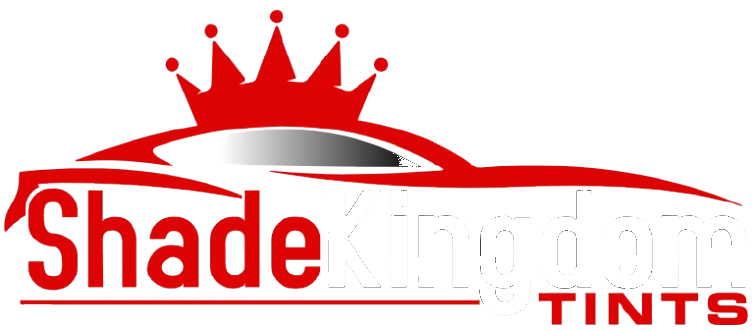Choosing the Right Window Tint for Hot Climates
Living in a hot climate presents unique challenges, particularly when it comes to managing indoor temperatures. Excessive heat can lead to discomfort, increased energy bills, and even damage to furniture and other household items. One effective solution is window tinting, but selecting the right tint is crucial for optimal results. This article explores the key factors to consider when choosing window tint for hot climates.
Factors to Consider
The most significant factor is the tint’s ability to reject solar heat. This is often expressed as a Total Solar Energy Rejected (TSER) rating. Higher TSER values indicate greater heat rejection, leading to cooler indoor spaces. Furthermore, the Visible Light Transmittance (VLT) percentage is also important. A lower VLT means less visible light enters, creating a darker interior. While desirable for heat reduction, excessively low VLT can make rooms feel dim and gloomy. Finding the right balance between heat rejection and light transmittance is key.
Types of Tint and Their Suitability
Ceramic tints are a popular choice for hot climates. Unlike metallic tints, ceramic tints don’t interfere with radio signals, making them ideal for areas with electronic devices reliant on strong signals. They offer excellent heat rejection without sacrificing significant visible light. Dyed films, while less effective at heat rejection than ceramic or metallic options, offer a more affordable alternative. However, their fade resistance is typically lower compared to other tint types.
Beyond Heat Rejection
Beyond heat rejection, consider the tint’s ability to block ultraviolet (UV) rays. UV rays can fade fabrics and damage furniture. A high UV rejection rate is essential to protect your belongings and maintain the interior aesthetics of your home. Additionally, look for tints with a durable construction and a strong warranty to ensure long-lasting performance and peace of mind.
Conclusion
Selecting the right window tint for a hot climate involves careful consideration of several factors. Prioritizing a high TSER rating and balancing it with an acceptable VLT is crucial for optimal temperature regulation and light levels. Ceramic tints often present an ideal option for their balance of heat rejection, signal transparency, and aesthetic appeal. Consulting with a professional window tinting company can help you make an informed decision and find the perfect tint to keep your home cool and comfortable all year round.
